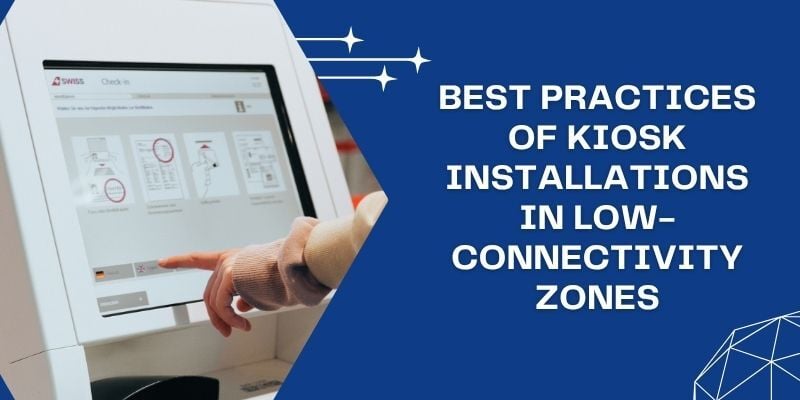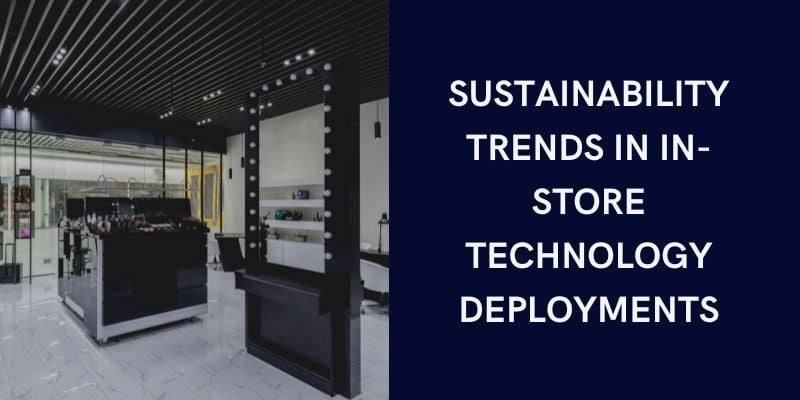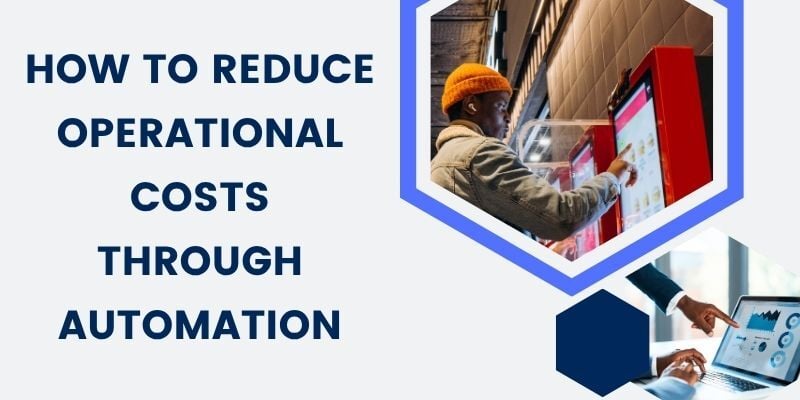How many times have you received emails or notifications that you deleted without reading them once?
Customer engagement is crucial to every B2C or B2B business model. Businesses are looking for new ways to retain customers and improve customer engagement. The most recent tactic adopted widely is based on personalization with customer names.
All businesses rely on sending SMS, emails, and notifications with marketing updates and offers, but what makes customers act on those?
“We offer great deals on food. Come check it out!” OR “Jack, we missed you on our app. Here’s a free coupon for you!”
Suppose you received the above two messages; which would you likely respond to?
A study by SmartHQ reported that 72% of consumers claimed that they would respond to marketing messages if they were personalized. The first personalization step is using customer names to build a sense of familiarity and trust. The most successful brands opt for hyper-personalization, which is based on consumer psychology and includes offering services based on the customer’s search strategy.
Once you have grabbed your customer’s attention and prompted them to act upon a personalized message with their name, the next marketing steps will be easier and more fruitful.
It goes without saying that once you have built a safety net for your consumers, they will prefer spending time exploring your brand over your competitors.
What’s Up With Using Customer Names?
Personalization in marketing is tailoring communication to suit an individual’s specific characteristics. Businesses can achieve personalization by incorporating the customer’s name into marketing messages. This strategy creates recognition and gives room for appreciation and value among customers.
Research has shown that personalized communication tends to be more effective than generic messages. For instance, a study by Experian revealed that personalized emails have higher open and click-through rates than non-personalized ones. This is because personalized messages can capture customers’ attention and create a stronger connection.
The use of customer names in marketing is based on the principles of social identity theory. According to this theory, people derive a sense of identity and self-esteem from their groups. By addressing customers by name, businesses can make consumers feel secure about the brand. Using customer names in marketing enforces exclusivity and personalized attention. This is the strategy most luxury or high-end market brand use.
A good example is a designer brand using customer names in personalized invitations to exclusive events. This creates a sense of exclusivity, makes customers feel cared and enhances their perception of the brand.
Overusing customer names and outlining details about their journey can tip the balance from personalizing to stalking, which takes away the essence of marketing. The brand must decide the appropriate usage of customer names in marketing content.
Listed and discussed below are the most common uses a brand can adopt for personalization with customer names.
1. Email and newsletter marketing
The subject line of the email and e-newsletter can include customer names, such as “Jack, we have a special offer for you!” to ensure maximum click rates. Whether you’ve used a LinkedIn email finder or other professional tools, don’t forget to include the recipient’s name for more professionalism.
2. Ad retargeting
If a user visits your website and leaves without a conversion, such as making a purchase or signing up for a service, retargeting comes into play. You can send reminder alerts such as “Hey Jack, we noticed you left something in your cart. Come back and complete your purchase!”
3. Social media marketing
On social media, you can reply to customer queries, messages and comments using their names. An example could be, “Thank you for contacting us, Jack! We will get back to you during our working hours.”
What is the importance of personalization?
A business should not just focus on personalizing marketing content but should work on delivering just the right amount to its customers. This determines that you win customers for your business who will pursue a conversion on the website. But what is the best way to measure the impact of personalized marketing strategies?
Net promoter score (NPS), a tool to measure customer satisfaction, predicts the likelihood of consumers recommending your business. A higher NPS score means a better customer experience. A study by Google reported that 40% of consumers admitted to spending a longer time on the website and adding items to their cart if they received personalized content. Retailers, on the contrary, saw a 20% higher NPS score, tabulated after personalization. This speaks of a memorable customer experience of your brand and improves overall satisfaction with the service.
If you were to invest in personalization with customer names, you need to understand what goes through a customer’s mind when personalized digital content reaches them.
Let’s understand the psychology of a customer when engaging in a purchase with your business to apply the touchpoints better.
The psychological impact of using customer names
Personalizing digital messages with customer names contributes significantly to how clients perceive your service and to the success of a business. When you address customers by name, it fosters trust and establishes a personal relationship between the business and the customer.
Personalizing communication with customers by using their names shows a business’s commitment to building a long-lasting relationship with the customer. A customer feels important when your company’s salesperson addresses them by name during a follow-up call or otherwise. Using customer names also shows that the business pays attention to detail, which can convey a high level of service and willingness to go above and beyond. Using customer names increases customer engagement and makes them more receptive to messages.
How to know your customer’s name?
With all the benefits of personalization, the prime objective of all businesses is collecting customer information. Although there are many ways of doing this, we discuss some of the foolproof methods that maintain privacy and transparency.
1. Be direct and ask for customer information during checkout
When the consumer proceeds to make a purchase at the counter, the cashier can request the customer’s details. These can include the customer name, the phone number to send SMS, and the email address for newsletters and offers. Most customers provide the basic details as long as your marketing department does not spam them with unnecessary emails and text messages. To ensure a responsible and customer-friendly approach, businesses can implement an SPF record checker to verify the legitimacy of their outgoing email communications, helping to build trust.
2. Extend a loyalty program to your customers
Who is not looking for discounts and deals? Put this psychology into use by offering loyalty reward programs and points to your customers. You can educate your customer about the program while the consumer pays at the checkout counter. Customers are more likely to sign up for the program and provide personal information if they get incentives such as redeemable points, discounts and easier returns and exchanges.
3. Offer WiFi services and collect customer information
Most retail stores offer “free” wifi services to customers, with one condition. They must provide personal details such as name, number and email to avail the service. Since many find wifi a necessity, this is a great way of getting customer details if you do not want them to spend time filling out forms individually.
4. Use a queue management system in a technological era
Queue management systems come with a digital interactive screen, such as a tablet or a self-service kiosk. These are often installed at the entrance to encourage customers to sign in or sign-up as soon as they enter. Make sure that the user interface is simple, with multiple language options. Customers should be able to fill in details quickly. Alternatively, train your employees to do it for customers quickly. Once the data has been collected, employees can use customer names when looking out for them in lines.
5. Collect customer feedback
This is one of the most useful ways of targeting two areas of the consumer journey simultaneously. It is most commonly adopted by restaurants which use comment cards and survey links to get feedback on customer experiences. Customers fill comment and response cards with information and companies can use it to improve their service.
How to correctly pronounce your customer’s name?
Wouldn’t you feel misrepresented if someone mispronounced your name? The same applies to customers you welcome in the store or communicate with on calls. Make the customers feel valued and at home with your brand, and do everything you can to make them comfortable.
It is best to confirm the correct pronunciation with your customer if you are unsure about the correct pronunciation. Be polite to ensure the customers are not offended by the mispronunciation. Extend requests such as “Mr Jack! Did I say your name correctly?” or “I want to be sure about pronouncing your name correctly. Can you tell me how you pronounce it?” Once the customer tells you how to pronounce their name, it is essential to listen to them carefully. Repetition can help you remember the correct pronunciation.
Respect your customer’s identity and make them feel valued at your service!
Conclusion
Using customer names in personalization can be a potent instrument in strengthening the bond between businesses and the customer base. It signifies that the company recognizes each customer as an individual. Customers want to see what your business can do for them, which sets them apart in providing outstanding service. Furthermore, personalized marketing messages can be more impactful in grabbing the attention of customers and boosting their engagement with the content.
While there are many ways of incorporating personalization in marketing, we discuss the first step towards it, using customer names. As a business, handle customer names with care and sensitivity. In this blog, we discuss ethical methods of collecting customer information. You should only gather names with the customer’s approval and maintain privacy at all costs.
The significance of customer names and personalization is huge, and businesses can create a favorable customer experience, add to satisfaction, and enhance customer loyalty
BOOK A FREE DEMO





